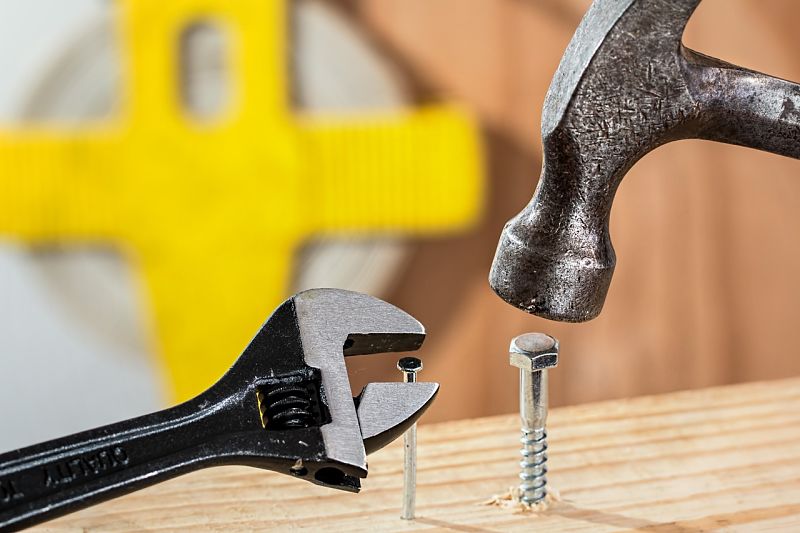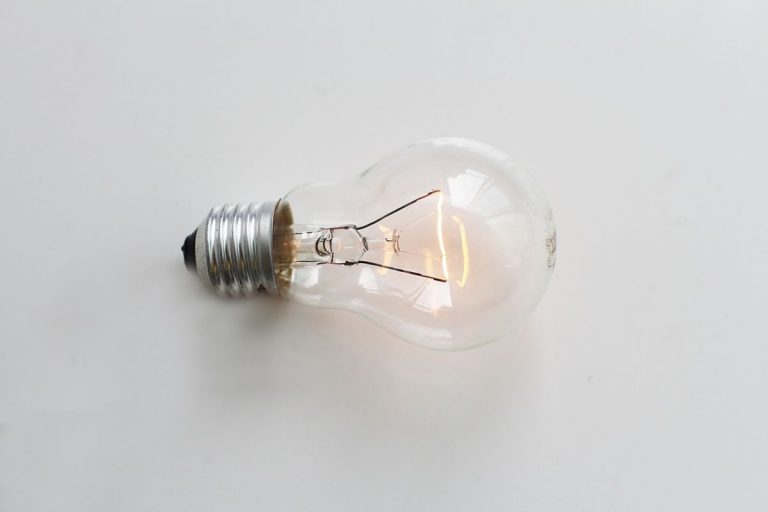By Christine A. Padesky, PhD / November 22, 2013
My neighbor was remodeling her house this summer. We watched specialized teams of workers come and go, each one completing a different project. And interestingly enough, each team used different tools. They were following the principle that you get the best results when you use tools best suited to the task.
I typically say, “Use the sharpest tool in the box” to remind CBT therapists that they should use treatment methods best suited to helping clients meet their goals as quickly as possible. Depending on the level of thought we are working with, we need to use different interventions.
Here’s a quick summary of the “sharpest tool” principle for anxiety and depression treatment.
Behavioral Experiments & Anxiety
Many therapists are surprised to learn I rarely recommend Automatic Thought Records in the treatment of anxiety. Why not? Anxiety disorders are maintained by underlying assumptions, not automatic thoughts. While some anxious clients find thought records helpful, they are not the sharpest tool in the box for anxiety treatment. Generally, behavioral experiments have the fastest impact on underlying assumptions. Therefore, as the first line of intervention, I recommend behavioral experiments as the “sharpest tool in the box” for anxiety treatment.
Thought Records – a Sharp Tool for Depression
Early in therapy and when depression is more severe, behavioral activation is often the “sharpest tool.” As clients become more engaged in mood-boosting activities, the thought record is the sharpest tool for teaching clients how to manage all the negative automatic thoughts that characterize depression. *
Core Beliefs Shift Slowly
It is possible to help clients make deep and lasting changes without ever directly addressing core beliefs. Core beliefs shift very slowly. Automatic thoughts and underlying assumptions are directly linked to core beliefs. Changes at the automatic thought or underlying assumption level can occur quickly and have an immediate and direct impact on a client’s behavior and emotional experience. Therefore, based on the “sharpest tool” principle, I discourage therapists from working at the core belief level early in therapy (first 20 sessions).
Use the Sharpest Tools
With regular use, behavioral experiments, behavioral activation, thought records and other high impact CBT methods will prove their value over and over again as the “sharpest tools.” Keep core belief methods at the bottom of the tool box unless they are absolutely needed.
* To learn how to use the 7-column thought record, see Mind Over Mood: Change How You Feel By Changing the Way You Think, 2nd Edition (Greenberger & Padesky, 2015) and The Clinician’s Guide to CBT Using Mind Over Mood, 2nd Edition (Padesky with Greenberger, 2020)
Original links were to the 1st editions listed below:
- Mind Over Mood: Change how you feel by changing the way you think (Greenberger & Padesky, 1995)
- Clinician’s Guide to Mind Over Mood (Padesky with Greenberger, 1995)




